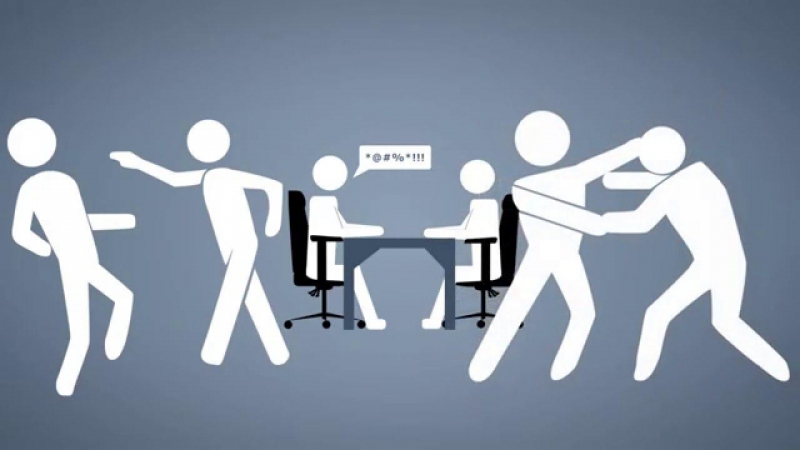Chaotic or Collaborative: how would you describe your workplace?
Is your workplace chaotic, ferocious and riven with conflict? Is it a command and control environment, threatening through coercion and Machiavellian-powered by collusion?
Are you in a deal-focused culture with compromise at its heart, or is it a workplace powered by collaboration and consensus? There are also those who lead through a series of inclusive processes and activities where generative and reflective listening leads to a stimulating sense of belonging for people employed at an enterprise. But there are many owners, CEOs and MDs who bully and create chaos or conflict.
They create anxiety and manage their people through coercion, manipulation and internal organisational-politics. How would you describe your work environment: a chaotic command and control approach; rife with conflict and coercion; needing collusion to get anything done; a place depressingly focused on compromise; or a collaborative culture creating consensus. Understanding these descriptive cultural-models will help us build a prescriptive model which will enable guiding corrective actions, helping us move our cultures in more positive directions.
As we all know, happier staff do much more to drive the enterprise. Most people are happier when they recognise they are being listened to and being included in how things are done; consensus-driven leadership. Those who work for bullies demanding ‘people do as they are told’ know what it is to operate in a chaotic-culture.
Only the narcissist believes this approach works. Perhaps the most obvious traits of a conflict-driven culture are hostility with damaging arguments; less chaos but much more fighting. Disputes leading to quarrels and dissensions with prolonged struggling against the enterprise by employees typifies a conflict-focused culture where harmful confrontation due to incompatible opinions are central to most activities.
Conflict-Cultures are encouraged by narcissistic, sociopathic bosses who thrive on clashes or friction, and who believe it is better to divide and rule than it is to encourage and engage with employees.
Related Posts

